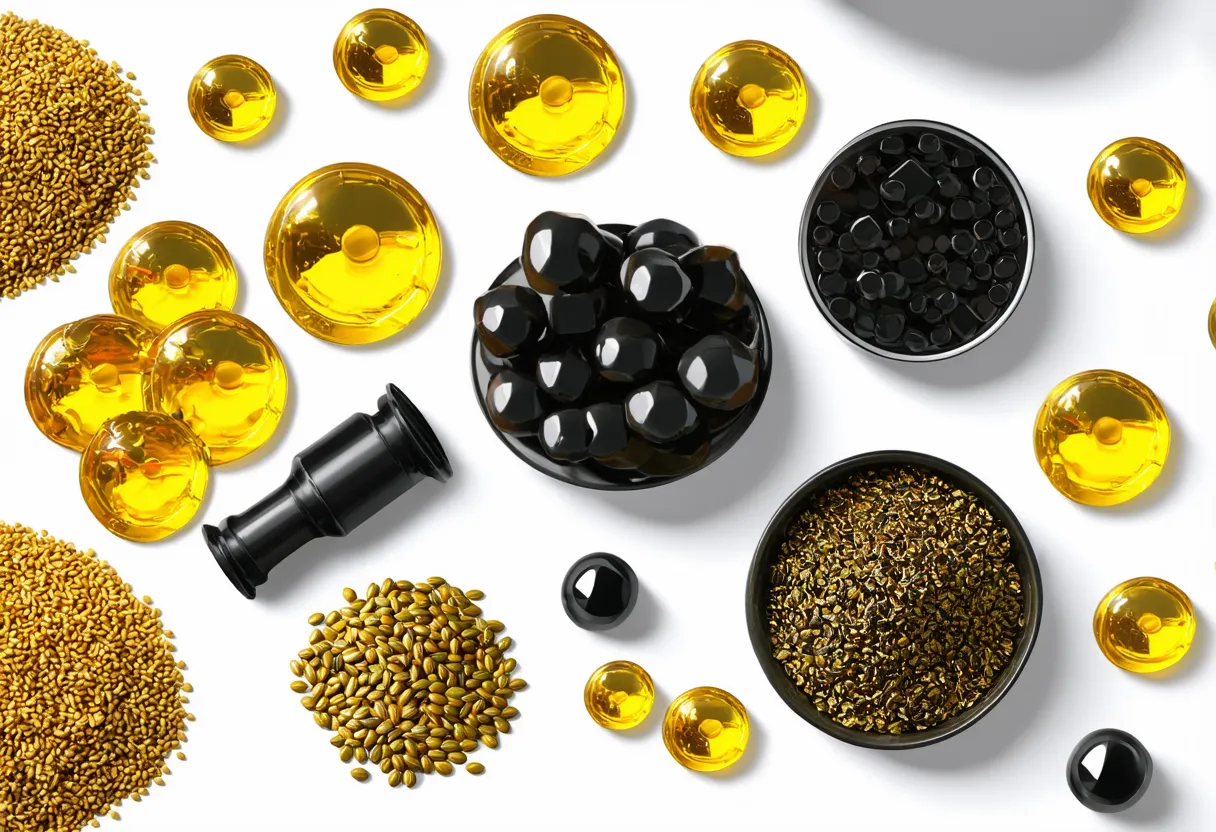Niger, with a population of 26,207,977, is ranked 53rd in the world, just behind Cameroon. Located in West Africa, Niger covers a total area of 1,267,000 square kilometers, ranking 21st globally, just behind Chad.
Niger’s economic position in 2022 is characterized by a GDP of $15,342,278,919.40, ranking 130th globally. It falls behind Nicaragua, which has a GDP of $15,671,583,939.99. In terms of GDP per capita, Niger ranks 180th with $585.40 per person.
It lags behind Somalia, with a GDP per capita of $592.10. Niger’s economy faces challenges but shows potential for growth and development in the coming years.
What are the economic activities of Niger?
- Primary activities: 41.6% of GDP.
- Secondary activities: 19.5% of GDP.
- Tertiary activities: 38.7% of GDP.

Primary Sector of Niger
Niger’s primary sector, dominated by agriculture, thrives due to its favorable climate and abundant natural resources. With 36.78% of the land dedicated to agriculture, the country produces a diverse range of products including millet, cowpeas, sorghum, onions, milk, groundnuts, sugarcane, cabbages, cassava, and potatoes.
Despite contributing 41.6% to the GDP, agriculture plays a crucial role in the economy, providing sustenance and livelihoods. The variety of crops and animal products underline the sector’s significance, ensuring food security and economic stability.
With a diverse geological landscape, Niger boasts abundant natural resources. Its primary sector thrives on uranium, coal, iron ore, tin, gold, and more, driving the economy through mining and extraction activities.
Niger’s oil production, at around 8,000 barrels per day, contributes significantly to its economy, ranking 58th globally. With reserves of 150 million barrels, the country holds 0.01% of the world’s oil reserves.
Secondary Sector of Niger
What is the secondary sector or what are secondary activities?
The secondary sector includes industries that produce finished goods from raw materials. In Niger, the main industrial products are uranium, petroleum, cement, bricks, soap, textiles, food processing, chemicals, and slaughterhouses. These products are manufactured for domestic consumption and export.
In 2023, Niger’s manufacturing sector accounted for only 10.088% of total exports, indicating its relatively minor role in the country’s export economy.
Tertiary sector of Niger
What is the tertiary sector or what are tertiary activities?
The tertiary sector in Niger encompasses various services that enhance productivity and meet needs. Key activities include healthcare, education, banking, communication, tourism, transportation, and security services. These sectors contribute significantly to the country’s economic growth and development.
Among these, Niger’s economy heavily relies on tourism, contributing significantly to its GDP. With an annual influx of 192,000 tourists, amounting to 0.0073 tourist arrivals per capita, the industry thrives. The Aïr Massif and the Sahara Desert’s grandeur attract adventurers, while ancient cities like Agadez captivate history enthusiasts, making Niger a sought-after destination.
Another example of tertiary economic activity is the mobile cellular sector, with over 14 million subscriptions, enhancing connectivity and supporting technological growth. This infrastructure fosters innovation and digital services.
Military Activities and Economic Sectors of Niger
The military is a great example of how different economic activities work together. In Niger, the military uses resources from the primary sector, like minerals, for their needs. The secondary sector helps by making military equipment. The tertiary sector provides services, while the quaternary sector focuses on research and development. Lastly, the quinary sector involves high-level decisions and strategies for defense.
In 2023, Niger’s military expenditure was $331.6 million, which is 1.66% of its GDP. The active military force consists of 5,300 personnel, giving a ratio of 0.5 active military members for every 1,000 people in the country.
Biggest company in Niger
Which is the biggest company in Niger? The largest company is Namibia Breweries, with a market value of 0.54 billion USD. It operates in the Food and Beverage industry, which is part of the Secondary economic sector. Namibia Breweries was founded in 1920, focusing on brewing quality beverages.
International Trade of Niger
Import Activities of Niger

Niger’s import activities are crucial, accounting for 26.58% of its GDP, indicating a significant reliance on imported goods for economic growth.
Niger’s key import activities include importing weapons parts, rice, aircraft, tobacco, and iron pipes. Its top import partners are China (22%), France (14%), Nigeria (8%), Germany (5%), and the UAE (5%).
Exports Activities of Niger

Niger’s total exports in 2023 amounted to $1.34 billion, with exports accounting for 8.72% of its GDP. This low percentage indicates that export activities play a relatively minor role in the country’s economy.
Niger’s export activities primarily involve trading with the UAE, France, China, Nigeria, and Mali. The country exports commodities such as gold, oil seeds, radioactive chemicals, refined petroleum, uranium, and thorium ore.
Niger economy challenges in 2024
Niger faces challenges in 2024 with ongoing instability and humanitarian crises limiting economic growth. The COVID-19 pandemic has erased recent progress in poverty reduction. However, the economy is showing signs of recovery since December 2020, thanks to the reopening of the Nigerian border and new investments in the country’s uranium-rich resources.



Leave a Reply